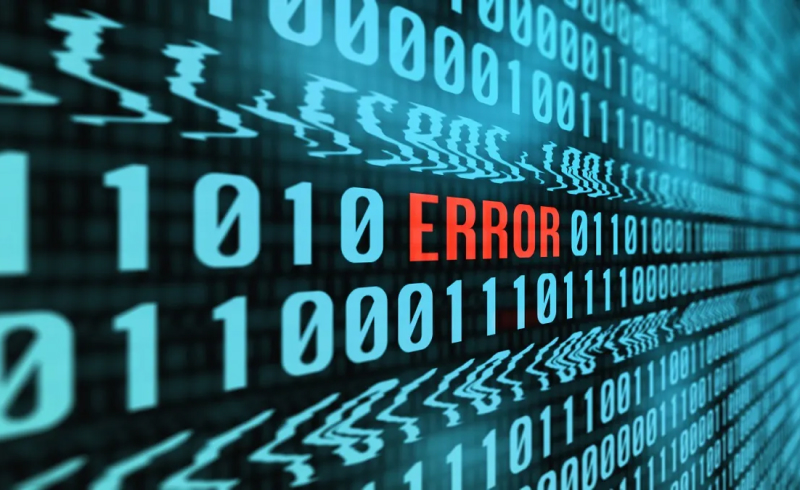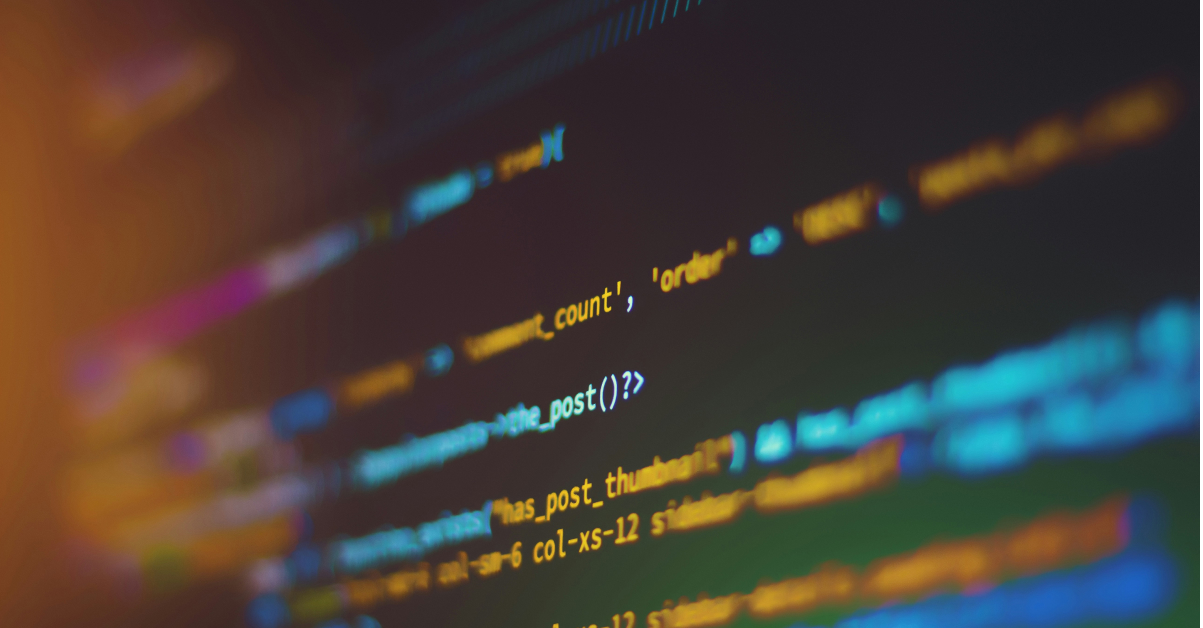A cognitive bias is a type of error in thinking that involves making decisions or forming judgments based on certain simplified or inadequate ways of processing information. Cognitive biases are usually the result of limitations in perception, memory, understanding, and evaluation of information.
I. Cognitive biases can affect investment decisions in various ways.
Confirmation bias
Confirmation bias is one of the most common cognitive biases. It refers to the tendency to search for and interpret information in a way that confirms our beliefs, views, and expectations, while ignoring or dismissing information that contradicts them. In other words, this bias involves looking only for evidence that supports our preexisting beliefs and ignoring or avoiding those that contradict them.
Confirmation bias is very common and affects many areas of our lives, including decision-making, the creation of stereotypes and prejudices, and the assessment of facts and situations. It can lead to misunderstandings, conflicts, and wrong decisions. Therefore, it's important to be aware of this tendency and strive to approach information and facts in an objective and critical manner.
An example could be the analysis of a strategy that minimizes volume on the balance sheet. The goal is simple: detect outliers in production forecasts and estimate a new value. In the end, the volume on the balance sheet should be smaller. Assuming that a given strategy didn't achieve its purpose but instead increased the volume on the balance sheet, and the final financial result is better (favorable market prices) than the benchmark, one might argue that despite not working as expected, due to the favorable financial result, the strategy should still be considered in the decision-making process. The problem is that such outliers are rare (should be 1%), so those "favorable" prices are likely random, and implementing this strategy exposes the trader to higher risk.

Representativeness heuristic
Representativeness heuristic is another cognitive bias that involves using stereotypes or simplified thought patterns to infer about groups or phenomena. In the context of investing, the representativeness heuristic can lead to decision-making errors; for example, an investor might attribute certain features or properties to an investment based on the opinions of other investors or stereotypes, rather than on real data or market analysis. An investor may decide to buy shares of a technology company just because he has heard that the tech industry has high growth potential, not because he has conducted thorough analysis of the market and financial situation of that company. In this way, an investor may make decisions based on false beliefs about investment potential, which may result in financial losses.
Selective Perception
Professor Jerzy Vetulani noted that people tend to perceive things that do not exist but arise from our internal ideas. The brain was shaped by evolution to survive, not to think, and abstract thinking developed only later. The human mind organizes social life and has the ability to predict the thoughts of other people. Errors of selective perception and the observer effect can distort investment decisions in the market, as we often interpret data according to our own ideas, automatically rejecting all other information. However, the market is neutral, and the results seen by investors generally match their expectations based on internal beliefs. Understanding the mechanisms of perception can help investors take an objective view of the market and use various investment methods.

Professional Bias
If we consider the cognitive error called professional bias, we can better understand why having more knowledge on a subject can make us consider it more important. We often select something from an abundance of information that later proves to be false, leading to wrong decisions. This is particularly true for people who prefer a single methodology for interpreting market behavior. However, if we look broadly at different investment techniques, we'll notice that their confluence naturally leads to a higher density of orders and more investment opportunities.
Professional bias leads to a loss of impartiality, which leads to distortions in assessing the situation and making decisions. Standardizing our behavior may result from rigidly adhering to strategy rules, even if they have ceased to work. A lack of flexibility in noticing market changes leads to bending the rules to fit new concepts, which have nothing to do with the structural changes of charts. It's worth revising transaction rules, but variations based on one's own beliefs about the market should not be created.
Excessive Concentration
The ability to focus while investing is important, but excessive concentration can lead to cognitive errors, such as a lack of awareness for the broader market context. Excluding macroeconomic analysis and other factors beyond the transaction setup itself leads to decisions based on cognitive errors. For scalpers, excessive focus leads to physical fatigue and a decline in psychophysical efficiency, which may even result in aggression. Managing the brain's energy needs through breaks and short walks can help maintain peak mental performance. Investing and speculation are based on the broader integration of multiple factors, not just on transaction setups themselves.
Zero-Risk Bias
Nowadays, one of the common cognitive errors is the so-called zero-risk bias. It is the pursuit of maximum risk reduction, ideally to completely eliminate it. This mistake can lead to many other mistakes and beliefs, including the belief that extraordinary training is needed to invest in the market to avoid losses. As a result, many people start looking for the so-called Holy Grail, i.e., the ideal strategy that will allow them to make profits without taking any risks.
However, excessive risk elimination can also lead to the elimination of winnings, and even decision paralysis. An example of this is the situation where young investors, after a few failures, begin to have hundreds of doubts and difficulties in making decisions. On the other hand, more experienced people may introduce ever new transaction conditions, leading to constant changes in strategy and a lack of coherent investment vision.
It's worth remembering that there is no venture without risk, and securing against risk also entails some costs. Therefore, smart risk management requires identification, assessment, and detailed risk analysis, as well as the development of effective risk management methods. The key to success in trading is not only courage but also the ability to effectively deal with risk, including taking into account losses at the planning stage. Planning losses and their scope as a natural element of the investment plan allows for a positive impact on the psychological defense mechanisms against threat.
II. Ways to minimize cognitive errors
Algorithmic trading
One way to minimize cognitive errors is to use algorithmic trading based on rules. These rules are strictly defined and are not subject to subjective interpretation, allowing for the avoidance of errors arising from emotions or biases. These algorithms automatically generate buy or sell signals based on predetermined conditions.
Such conditions can be mechanisms based on technical and fundamental analysis. These algorithms use a range of indicators and signals, such as moving averages, oscillators, or support and resistance levels, which allow for automatic generation of buy or sell signals. This avoids subjective approaches to market analysis and related cognitive errors, such as confirmation bias or the illusion of control.
Other algorithm mechanisms may be based on neural networks or machine learning to predict future price behaviors or energy production/consumption. These algorithms analyze large amounts of data and automatically adjust their strategies to changing market conditions. This avoids errors resulting from incorrect data interpretation or an incorrect approach to risk.
Minimizing cognitive errors is crucial in any field where we make decisions, especially in trading on financial markets. In recent years, algorithmic trading is increasingly used for this purpose, which allows minimizing the impact of emotional and cognitive factors on investment decisions.
Such algorithms are resistant to the influence of emotions or biases based on the previous results of strategies.
Statistical studies
Useful in the process of building algorithmic trading algorithms are, of course, statistical studies.
Here are some ways to minimize cognitive errors using statistical research:
- Using a representative sample A representative sample is a sample of the population that reflects its characteristics and complexity. This makes the study results more reliable and representative for the entire population.
- Controlling variables To minimize the influence of other variables on the study results, their influence should be controlled and measured.
- Repeating studies Repeating studies allows for the discovery of patterns and the exclusion of random results.
- Applying statistical tests: Statistical tests allow determining whether the study results are statistically significant and reflect real differences.
- Using essential data analysis Data analysis allows extracting key patterns and trends, helping to understand the phenomena being studied.
- Use of hypotheses and theories Hypotheses and theories are used to formulate conclusions and forecast study outcomes, which helps in minimizing cognitive errors.




